Oxygen Therapy
Oxygen is necessary for human life. Some people with breathing or lung disorders can’t get enough oxygen naturally and be desaturation, which means low blood oxygen. It will cause shortness of breath, tiredness, and could also damage their body. In order to improve the symptoms, they may need supplemental oxygen to increase the amount of oxygen in their lungs and deliver to blood.
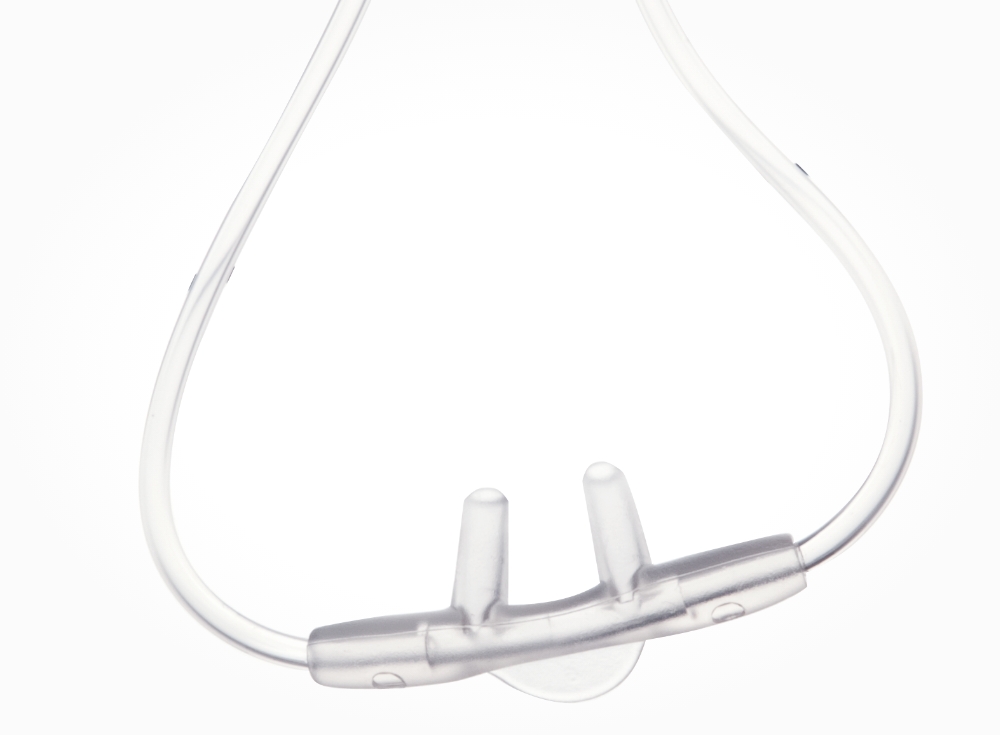
Oxygen Nasal Cannula
Nasal cannulas are used extensively to treat spontaneously breathing, hypoxemic patients in emergency departments, in general and critical care units, during exercise in cardiopulmonary rehabilitation, and for long-term oxygen therapy in the home care setting.
Recommend
Softip Nasal Cannula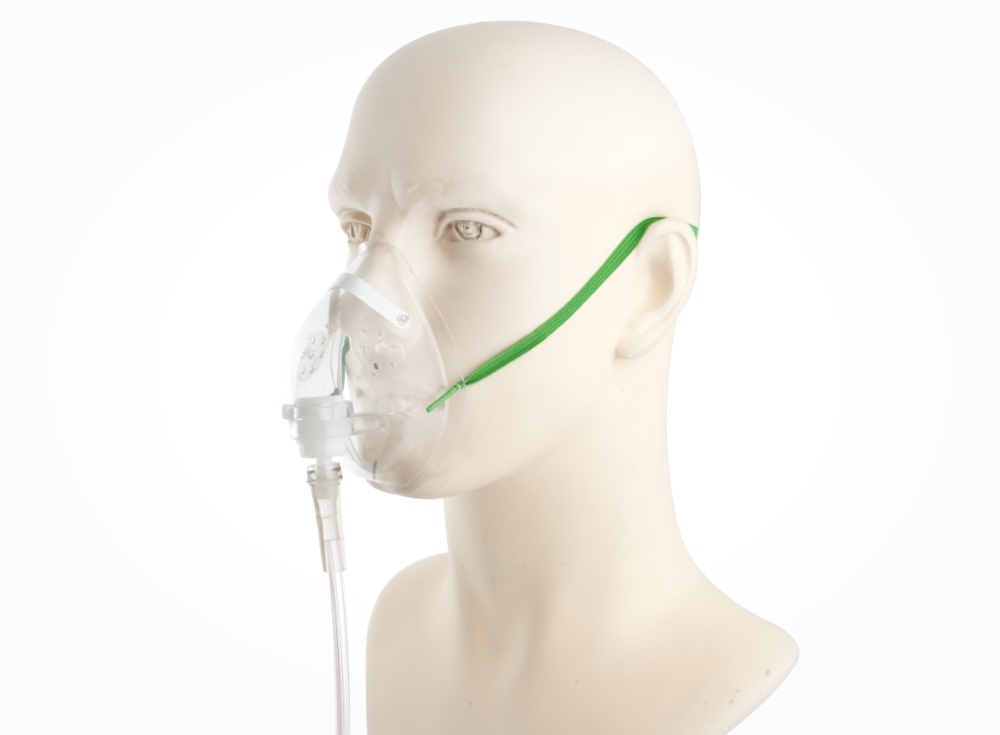
Oxygen Mask
An oxygen mask provides a method to transfer breathing oxygen gas from a storage tank to the lungs. As such, oxygen masks can deliver higher FiO2 levels than nasal cannulas because of a “reservoir effect” Note that the oxygen flow into the mask must be sufficient to wash out exhaled carbon dioxide, which can accumulate in this potential reservoir.
Recommend
Oxi.Plus™ M3 mask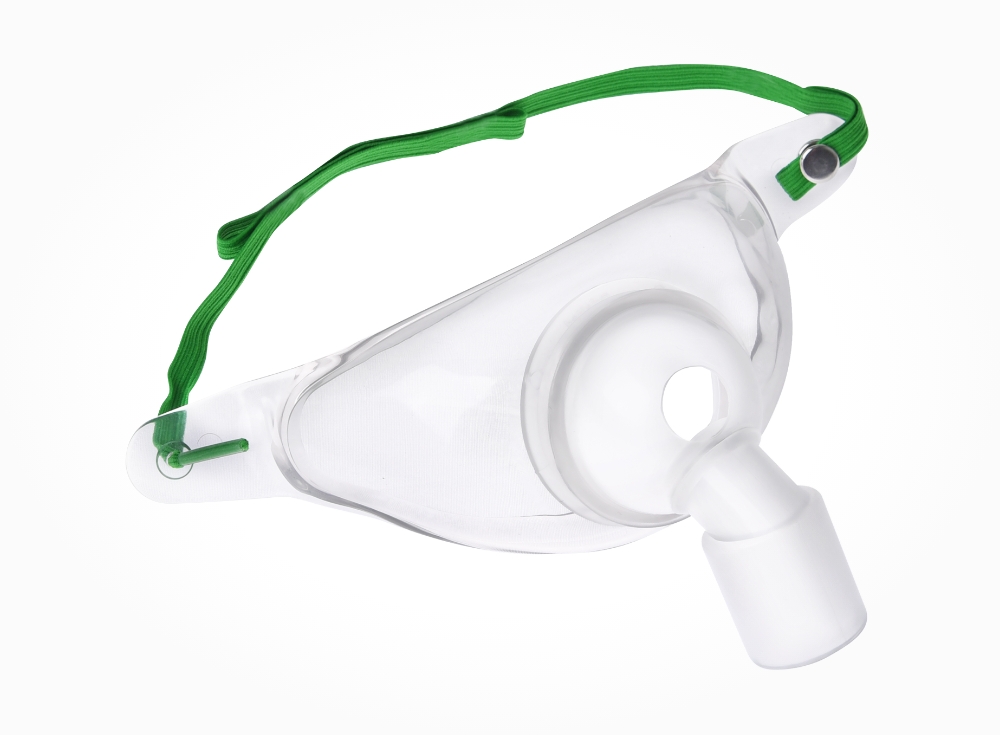
Tracheostomy Oxygen Mask
Tracheostomy Oxygen Mask provides the oxygen to tracheostomy patients for both oxygen or aerosol therapy.
Recommend
OM-4 Trachea Mask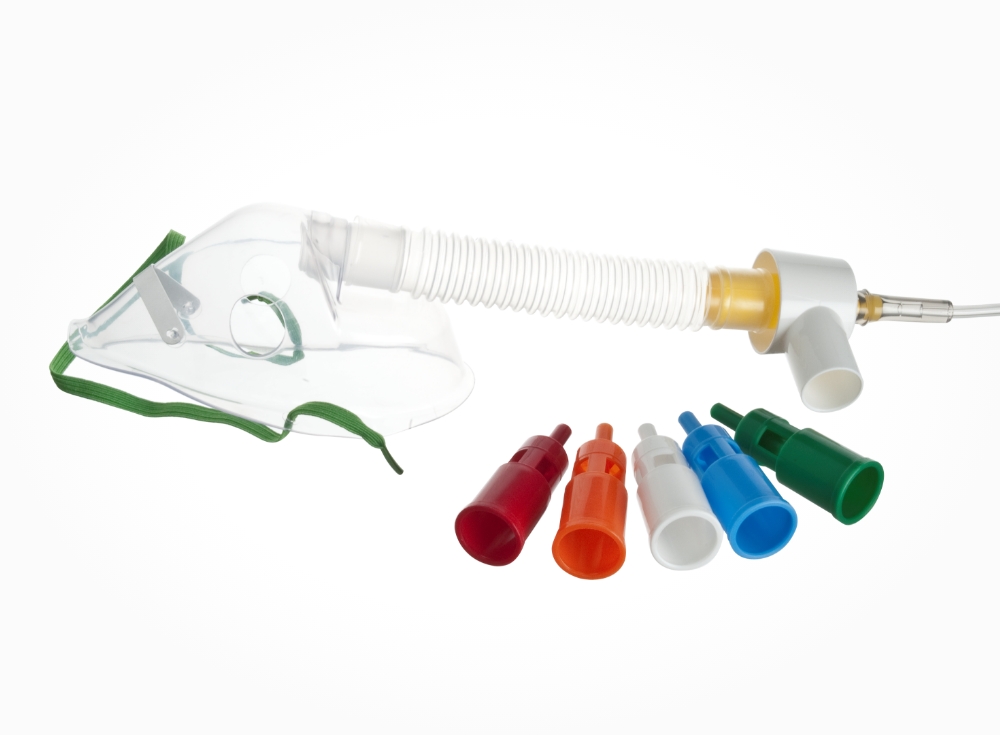
Venturi Mask
Venturi mask mixes oxygen with room air, creating high-flow enriched oxygen of a desired concentration based on Bernoulli’s Principle. It provides an accurate and constant FiO2 despite varied respiratory rates and tidal volumes.
Recommend
Fixed Venturi MaskHigh Flow Nasal System
Nasal high flow is a promising novel oxygen delivery device, whose mechanisms of action offer some beneficial effects over conventional oxygen systems. The administration of a high flow of heated and humidified gas mixture promotes higher and more stable inspiratory oxygen fraction values, decreases anatomical dead space and generates a positive airway pressure that can reduce the work of breathing and enhance patient comfort and tolerance. Eur Respir Rev. 2017 Aug 9;26(145)
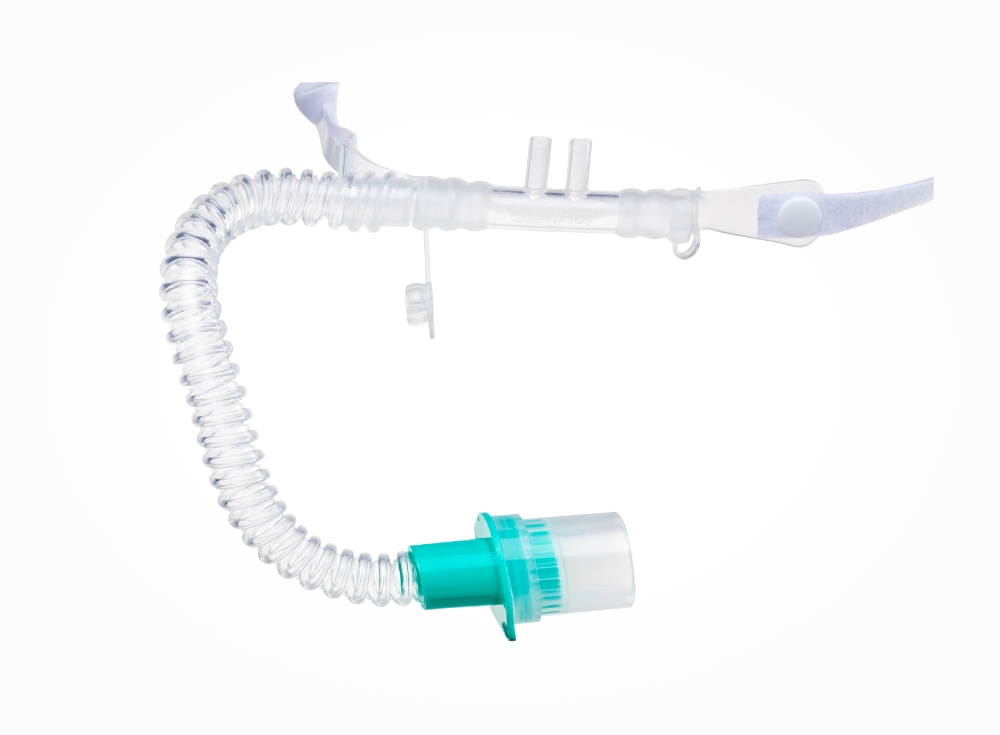
OxiPLUS™ High Flow Nasal Cannula
OxiPLUS™ High Flow Nasal Cannula is designed to deliver a combination of oxygen and humidified air at flows of up to 60 L/min. Can be used on adults for support after extubation, and provide better oxygenation.
Recommend
OxiPLUS™ High Flow Nasal CannulaAccording to research Ann Transl Med. 2017 Jul; 5(14): 297.
High Flow Nasal Cannula (HFNC) seems to be a good alternative to standard oxygen and NIV as treatment for patients with hypoxemic ARF. Its good tolerance, physiological effects including high FiO2, PEEP effect and dead space washout lead to decreased work of breathing and probably avoid lung strain. A recent multicenter randomized controlled trial showed benefits of HFNC as regards mortality and intubation in severe patients with hypoxemic ARF. Uncertainty remains about benefits of NIV in management of patients with hypoxemic ARF. Despite improvement in oxygenation, NIV delivered with face mask may generate high tidal volumes and subsequent ventilator-induced lung injury. However, an approach applying NIV with a helmet, high levels of PEEP and low levels of PS might be less harmful; a large-scale randomized controlled study is needed to compare NIV delivered through face mask or helmet with HFNC.
Aerosol Therapy
Aerosol therapy, also known as inhalation therapy, is a modern treatment of respiratory diseases instead of taking tablets or liquid orally, which the medicine could be delivered into the airway directly. The goal of aerosol therapy is to improve lung functioning and breathing for alleviating the respiratory diseases.
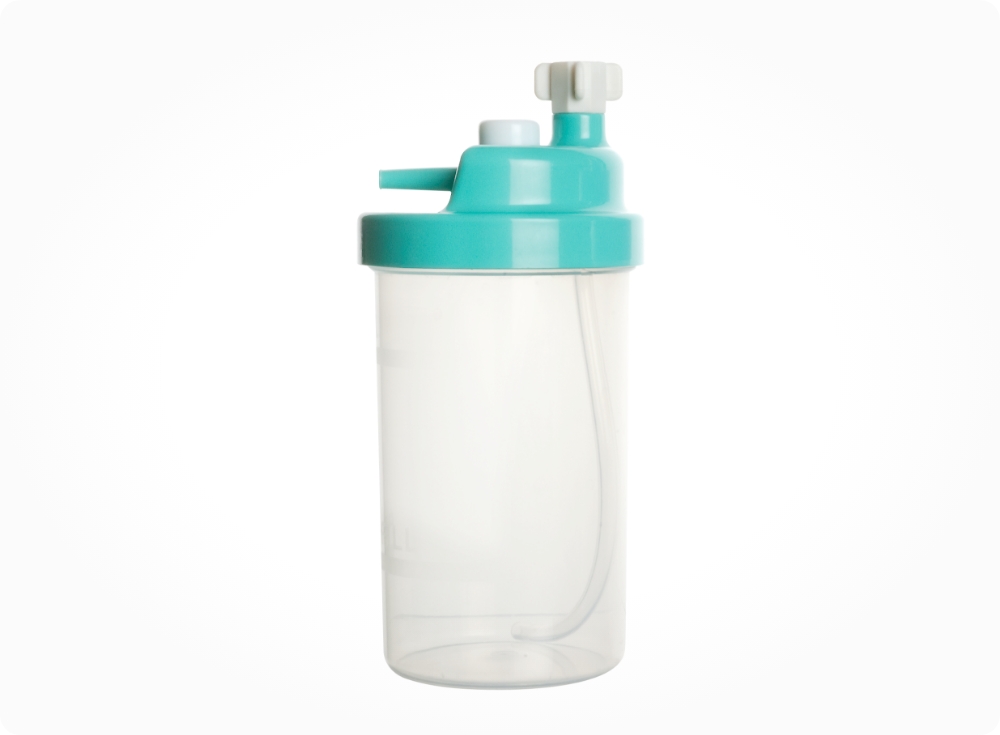
Bubble Humidifier
While the oxygen therapy is administered up to or over 4 liter per minute, active humidification such as a bubble humidifier is required to avoid mucosal damage cause by dry air.
Dry air is passed through the bubble diffuser containing sterile or cool-boiled water. On exiting the device, the air is humidified and supplied to the patient to minimize discomfort because of dry air. It also facilitates better gas exchange and mucociliary activities.
Recommend
BH-1 Bubble Humidifier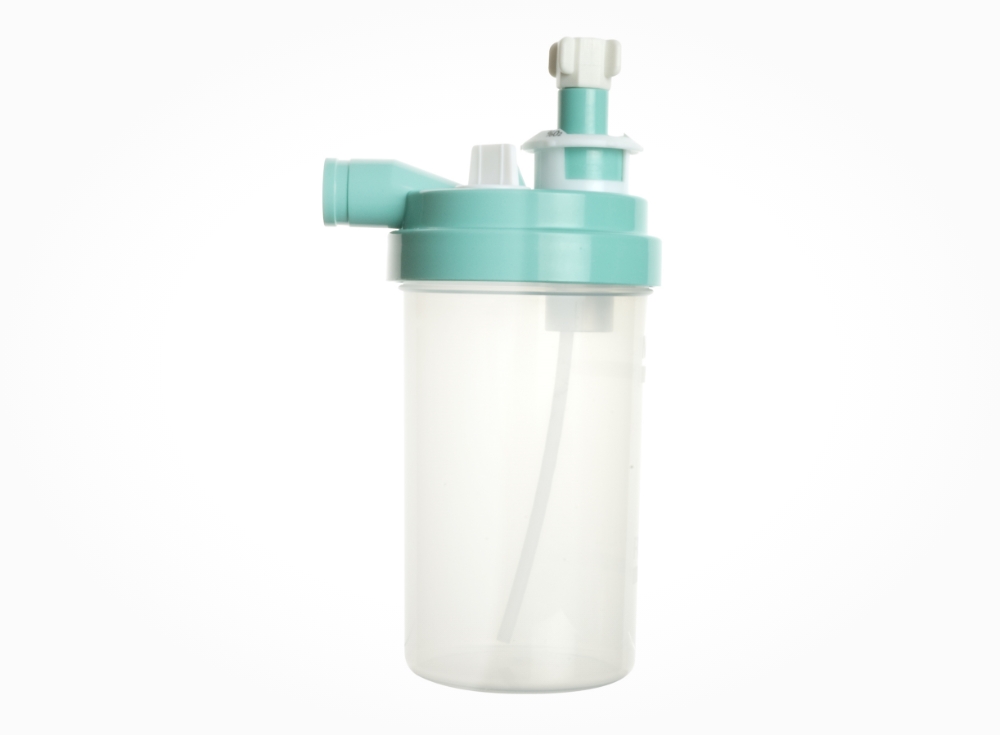
Large volume nebulizer
Large volume nebulizer delivers both oxygen therapy and aerosol simultaneously to patients who are on long-term oxygen therapy and require accurate oxygen concentration.
Large Volume Nebulizer connect to a 22F tube cuff breathing circuit, a water reservoir bag and an oxygen interface. 22 F tube cuff breathing circuit is suitable for most aerosol masks, tracheal masks and face tents.
Recommend
Large volume nebulizer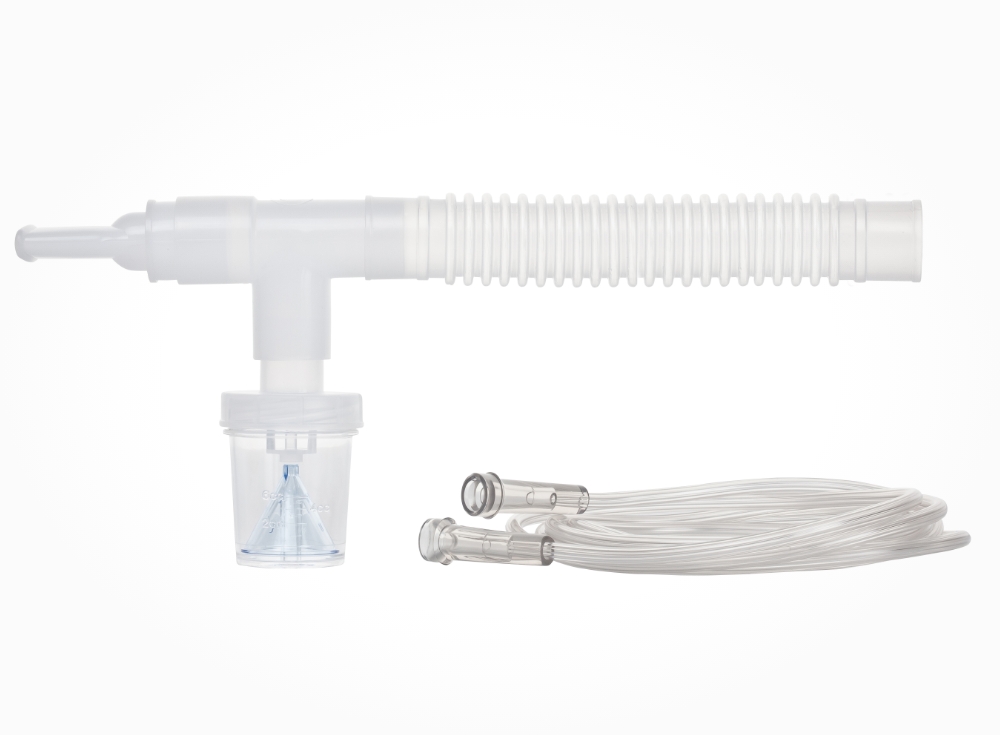
Small-volume nebulizers
Small-volume nebulizers (SVNs) are popular aerosol generators in acute care settings with clinicians and patients as they convert drug solutions or suspensions into aerosols that deposit into the patient’s lower respiratory tract while requiring minimal patient cooperation.

